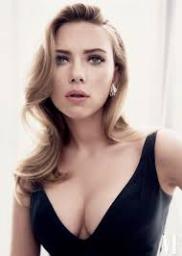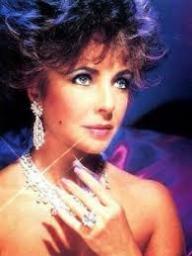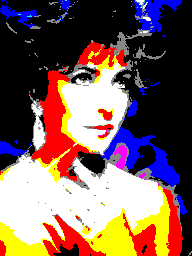 |
| Site Map |
Steve's Coloring BookThe Program
The As of April 26, 2020, this is a new (almost a complete re-write) version of the previous program. The algorithm for colorizing images has been changed (i.e., improved). The two examples below illustrate the improvement. Example #1
The left-hand picture is a photograph of Scarlett Johansson. The old version of the Example #2
The left-hand picture is a photograph of Elizabeth Taylor. The old version of the Colorization AlgorithmThe algorithm which is used to colorize the pictures utilizes the ideas of the RGB (red,green,blue) and HSL (hue,saturation,lightness) color spaces. The theory of these two color spaces, and the formulas for transforming a color point from one space to the other, is contained in this document.
While this is not the In any case, the RGB pixels of the original photograph are transformed to the HSL space, and the user (via two sliders) can adjust the lightness and saturation coordinates of the photograph until optimal results are achieved. The lightness and saturation adjusted pixels are transformed back to the RGB system (which is how images are represented on a computer screen) and then the program sets each pixel of the photograph to one of twelve colors (i.e., red, yellow, blue, green, orange, purple, brown, light brown, peach, grey, black or white), whichever one is closest to the lightness/saturation-adjusted color. Limiting the colorized image to contain at most twelve colors is what allows for the calculation of a line drawing based on the image, where the lines separate the different colors. This line drawing is quite analogous to a page in a coloring book. The end user can print out this line drawing, and color it, e.g., with colored pencils. Examples of Output from the Program
Based on an image that has been colorized by the The SVG format is supported by most browsers, e.g., Chrome. So, one can view and/or print the two vector drawings using such a browser. Also, these vector drawings may be imported into other SVG manipulator programs, such as Inkscape. Example #1
Based on the above right-hand (colorized) image of Scarlett Johansson in the The Program section above,
the Example #2
Based on the above right-hand (colorized) image of Elizabeth Taylor in the The Program section above,
the CommentsImages which work best with the program are not highly detailed; they should have only one or two main objects of interest: e.g., a portrait, a picture of two people, a picture of one or maybe two objects, etc. Images more complex than this are either too complicated to color, or will have too low of a resolution to tell what the objects are. It is of interest to note that the colored images obtained (as well as the vector fill drawings) have an optimal viewing distance, which the author has found to be around ten to fifteen feet. When viewed at this optimal distance, the colored images look quite realistic. On the other hand, when viewed too closely, the images look quite "jerky" or overly discretized; and when viewed from a farther distance, they look too blurry. Installation InstructionsExecutable
Source Code
Problems with the ProgramIf you have any problems with the program, or any comments about it, you can e-mail steve@harren.us. |
Math Rocks!





